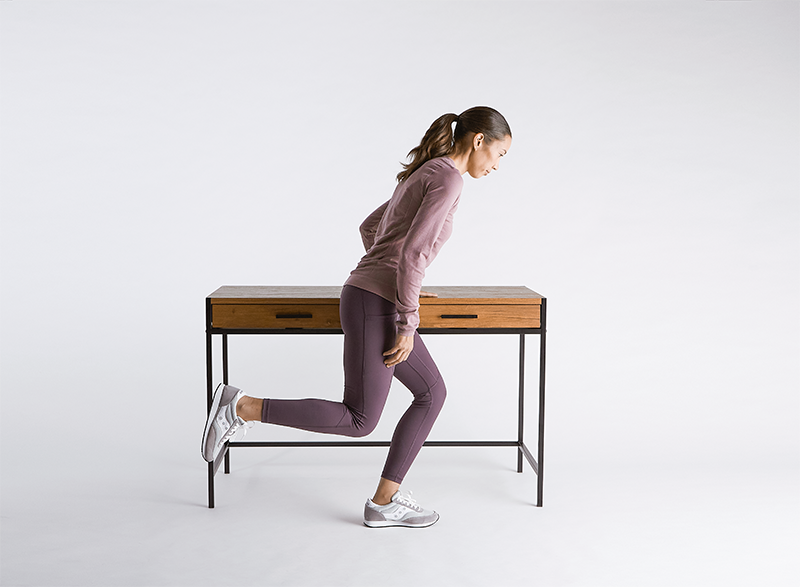Cómo hacer una sentadilla con una sola pierna: una guía de Hinge Health
Aprende a hacer un ejercicio de sentadillas con una sola pierna para ayudar con el dolor de rodilla y la movilidad, además de modificaciones para hacerlo más fácil o más difícil.
$0 costo para usted
Última actualización: May 7, 2025
